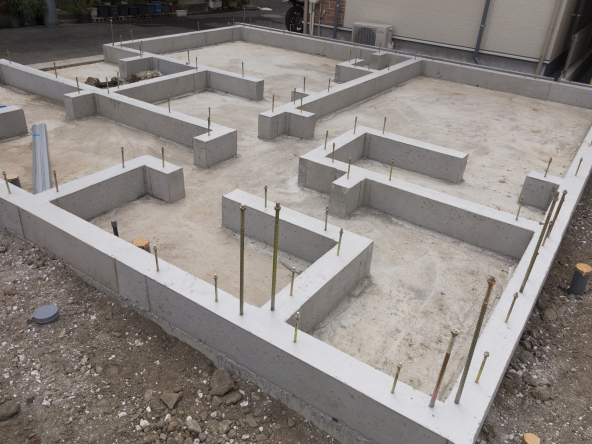Knowing The Right Foundation For Your Home
It is important to know the right foundation for your building. Having the right foundation for your building saves you a lot of trouble. This article reveals the components of a common foundation and their purpose to ensure a strong and stable house for years to come
The foundation is the most important element of any building, be it a house or a high-rise. Simply put, the foundation is what everything rests on.
From pilings to piers to spread footings and more, foundations can be built in many ways. The most common, though, is the simple foundation wall made of poured concrete or concrete block, and a poured concrete footing system. This type of foundation is often times favoured by people, relatively inexpensive and there are scores upon scores of tradespeople able to quickly and efficiently build it. Therefore, the focus of this piece is on the typical wall and footing foundation system.
And remember that you should consult a local architect or builder to review any planned foundation and how local building codes will impact the system design and construction
The three structural parts of this kind of foundation:
- A continuous concrete footing
- A foundation wall of either poured concrete or concrete masonry units (CMUs)
- A concrete floor slab
These three elements are the foundation system’s structural components, serving to transfer the gravity load (the weight of the house) down into the ground. While concrete is an ideal material to handle the weight of the house, concrete isn’t very flexible. So steel reinforcing bars are introduced into the concrete to help resist any bending or twisting caused by ground movement.
A very important design consideration is placing the bottom of the footing below the frost line. This line exists at some distance below the surface and is where the ground, or any moisture in the ground, doesn’t freeze. Placing the footing below the frost line is essential to prevent any heaving or other movement caused by the freeze-thaw cycle.
Note that the depth of the frost line varies by location. The frost line is closer to the ground surface in warmer climates and much deeper in colder climates. But it’s essential to know where your frost line is when designing your home’s foundation.
Now you know how to go about getting the right kind of foundation for that house of yours. Don’t settle for less!


